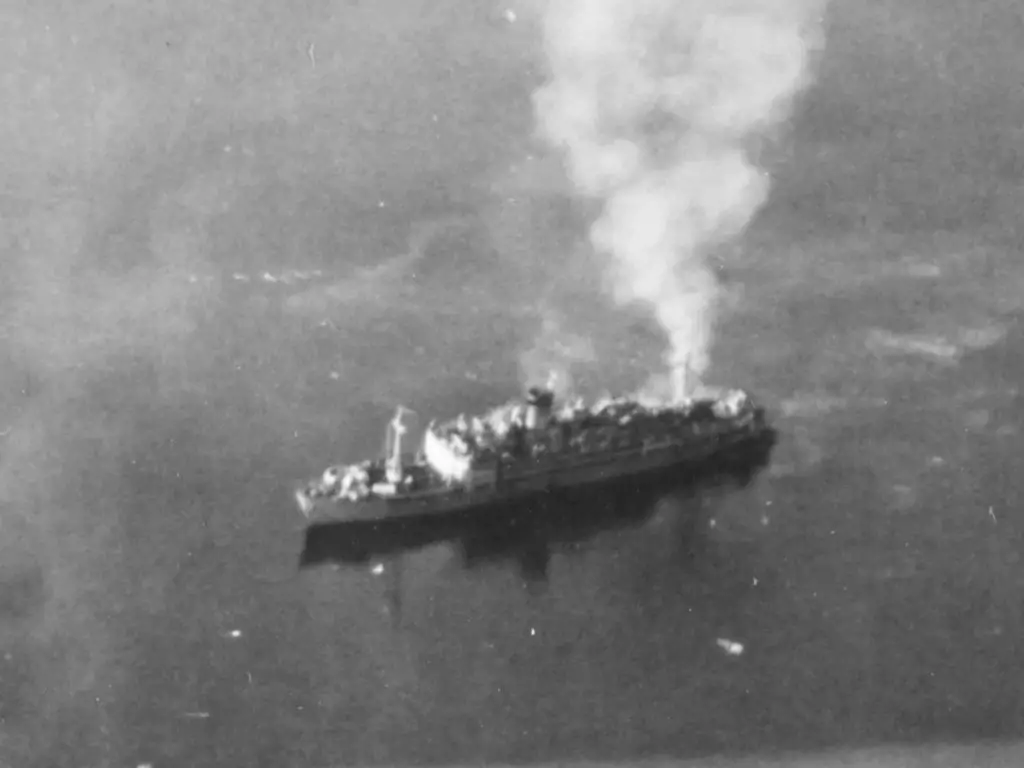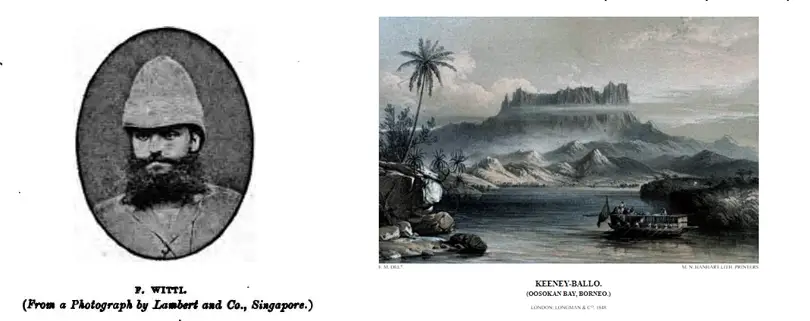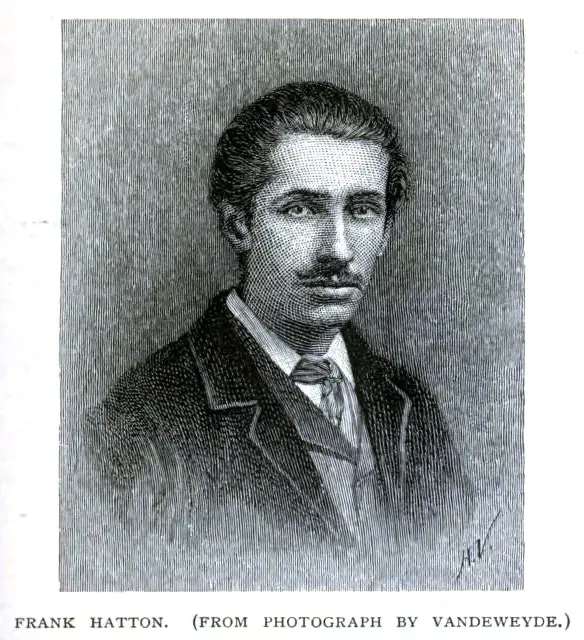Legend has it that in Paku river at Nanga Anyut, there is a stone of three petrified women called Batu Indai Binjut.
In ancient times before the Paku region was populated by the Ibans the area sparsely inhabited by an ancient tribe of people called the Baketan.
The last of their group who left Paku took place in the days of Iban chiefs Kaya and Bayans eight generations ago.
Long before Tindin the first Iban migrant arrived in the Paku from Skrang, one sunny morning three Baketen women went out to fish (mansai) at the mouth of the Ayut stream.
As they fished an empelasi fish jumped out of the water and touched one of the girl’s breasts.
On seeing this, the girl sigh and said, “Eh! If it were only a young man, even an empelasi fish been attracted by the beauty of my breasts”.
On hearing her words her companions started to laugh and joke with one another and said that, “Even a tiny fish had wanted to covet them, so what more if a young man should see her breasts”.
They continued joking and laughing.
Invoking the wrath of gods

As they laughed the sunshine suddenly disappeared and the sky started to become overcast, the wind blew strongly and was followed by torrential rain. Due to the heavy storm the three poor women could not find where to go.
They stood where they were and they gradually turned into stone.
It was said that up to seven days after their petrification, their heads were still able to speak and ask food from those who happened to come to that place. No one dared to give them anything, and they died due to petrification as well as due to starvation.
Even now this stone can still be seen in the shape of human beings, lying at the left bank of the Paku river below the mouth of the Anyut stream.
The mention of Batu Indai Binjut in an Iban folk song
According to Benedict Sandin, a former Sarawak Museum curator who recorded this legend, there is a mention of Batu Indai Binjut in the Iban Pengan song.
The song is about when either Simpulang Gana and Sengalang Burong became puzzled on hearing the sound of wind which came to invite him to attend the feast of men.
Here is the lyric of the song goes:
“Who amongst us angers the land and the world?
Well try and burn the remains of our derris,
And crop the hair which falls over our foreheads!
But still the wind would not stop blowing,
And the hurricane blew continually!”
“Oh! Maybe the children have collected the red ants!,
In baskets with holes
Or maybe someone has dipped a frog into a wooden trough?”
The children would reply:
The stone of Indai Binjut
At the mouth of river Anyut,
Has long been known to us, Serit Mamut,
As caused by a disaster during fishing”.
The similarity between the legend of Batu Indai Binjut and the legend of Ikan Pasit
If you feel the legend of Batu Indai Binjut sounds familiar, it is because it is almost familiar with Ikan Pasit.
The first Ranee of Sarawak, Margaret Brooke recorded this legend in her book My Life in Sarawak.
According to the legend, there was a village called Marup.
One day there was a girl who went fishing and caught what the locals called ‘ikan pasit’.
As she was preparing the fish, one of them jumped up and touched her breast.
“What are you doing? Do you imagine that you are my husband?” she said, laughing at her own joke.
The people who were there also laughed and those who heard the commotion came over and also laughed.
Suddenly, the sky turned grey and a mighty wind blew accompanied by flashes of lightning.
Then a hail-storm began. Hail stones fell down non-stop and hitting everybody even their houses, turning them into stone.
Meanwhile, the girl who made fun of the ikan pasit was only partly petrified. Just like the three Baketan ladies, the girl’s her head and neck were unchanged while the remaining part of her body was turned into stone.
Together with the rest of her village, the whole longhouse and its residents fell into the river.
Living as part human, part stone
While the Baketan women died due to the petrification and starvation, sadly for the girl, she lived many years with a living head and stone as her body.
Many tried to end her misery by striking her with a blade but nothing worked. Until one day, a man who heard her cries came.
Like many who came before him, he tried to strike her head with an axe and a sword but neither worked.
Eventually he struck her with a spindle and her cries finally stopped while her head and neck slowly turned into stone.
It is believed, the group of rocks believed to be Marup village were not far from Lubok Antu.








































